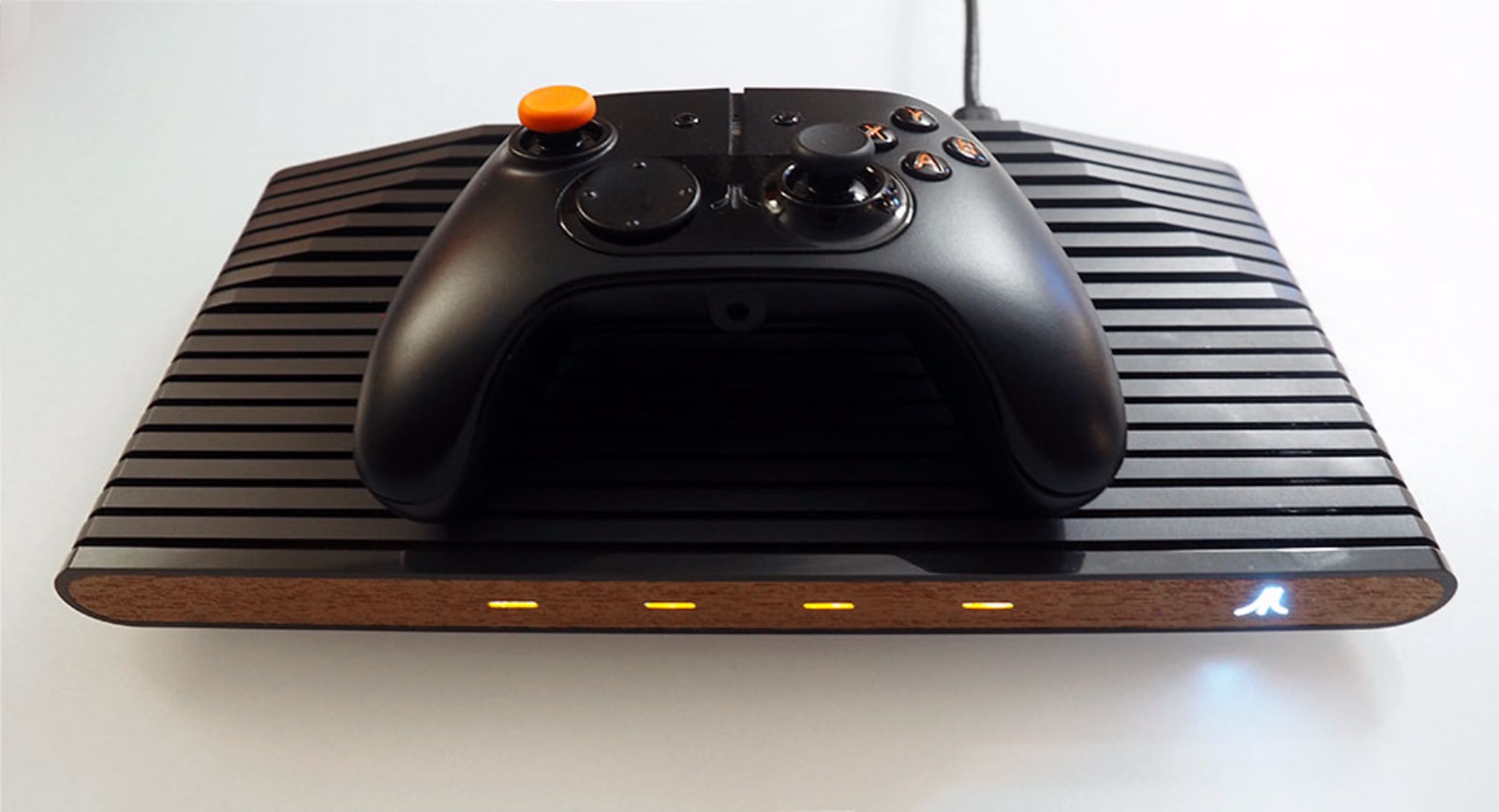GizmoSphere Launches an AMD APU-based Gizmo Board for Embedded Systems Inventors and Hobbyists
AMD is a Founding Member of GizmoSphere Embedded Developer Community
SUNNYVALE, Calif. -1/24/2013
AMD (NYSE: AMD) today announced that the newly launched Gizmo board, a low-cost board geared toward x86-based embedded system development available from GizmoSphere, is powered by an AMD Embedded G-Series Accelerated Processing Unit (APU). Gizmo is a 4-inch by 4-inch x86 development board that can run a variety of operating systems including Android, Linux(R), RTOSes and Windows(R). AMD is a founding member of GizmoSphere, a not-for-profit organization whose collective goal is to drive and enable technology projects of interest to independent developers, with a focus on stimulating and encouraging innovation around multicore heterogeneous computing using APUs.
The Gizmo board includes the G-T40E dual-core processor running at 1.0 GHz, combined on a single die with AMD Radeon[TM] HD 6250 discrete-class graphics. The board provides a performance capacity of 52 gigaFLOPS (GFLOPS) at less than 10 watts. Custom high- and low-speed edge connectors enable a full range of functions. This unprecedented level of integration between serial and parallel processing offers a power-efficient foundation for high-performance multimedia content delivery across a broad range of embedded designs such as digital signage, x86 set-top box (xSTB), IP-TV, thin client, information kiosk, point-of-sale, casino gaming, media servers and industrial control systems.
"Gizmo is an excellent board for the next generation of embedded systems development," said Kamal Khouri, director of Embedded Products, AMD. "The new board will serve the diverse and growing embedded development community and is especially useful for those wanting to incorporate the advanced capabilities possible by harnessing a heterogeneous architecture. Developers ready to take advantage of a high-performance, full I/O-featured x86 development board will find tremendous value in Gizmo."
Packaged as part of a development kit, the Gizmo board is available now through GizmoSphere.org for $199. GizmoSphere's founding members include AMD, Sage Electronic Engineering, Texas Multicore Technologies and Viosoft.
 The nostalgic Atari VCS console has been delayed yet again, but at least this time you're getting more for your money. The creators have pushed back the system's launch to the end of 2019 in return for an upgrade to an as yet unannounced embedded AMD...
The nostalgic Atari VCS console has been delayed yet again, but at least this time you're getting more for your money. The creators have pushed back the system's launch to the end of 2019 in return for an upgrade to an as yet unannounced embedded AMD...
 The nostalgic Atari VCS console has been delayed yet again, but at least this time you're getting more for your money. The creators have pushed back the system's launch to the end of 2019 in return for an upgrade to an as yet unannounced embedded AMD...
The nostalgic Atari VCS console has been delayed yet again, but at least this time you're getting more for your money. The creators have pushed back the system's launch to the end of 2019 in return for an upgrade to an as yet unannounced embedded AMD...

 Google is no stranger to creating whole platforms when it needs them, but its latest project might be something special. It's working on Fuchsia, an open source operating system that's designed to scale all the way from Internet of Things devices th...
Google is no stranger to creating whole platforms when it needs them, but its latest project might be something special. It's working on Fuchsia, an open source operating system that's designed to scale all the way from Internet of Things devices th...











